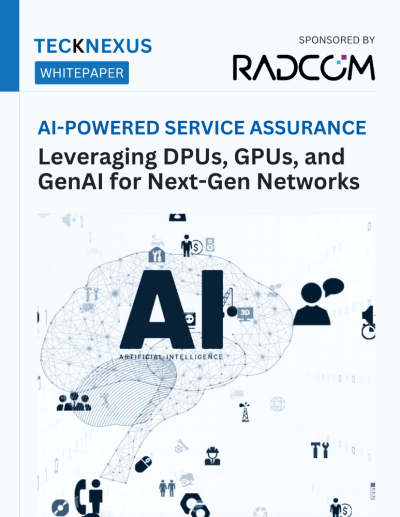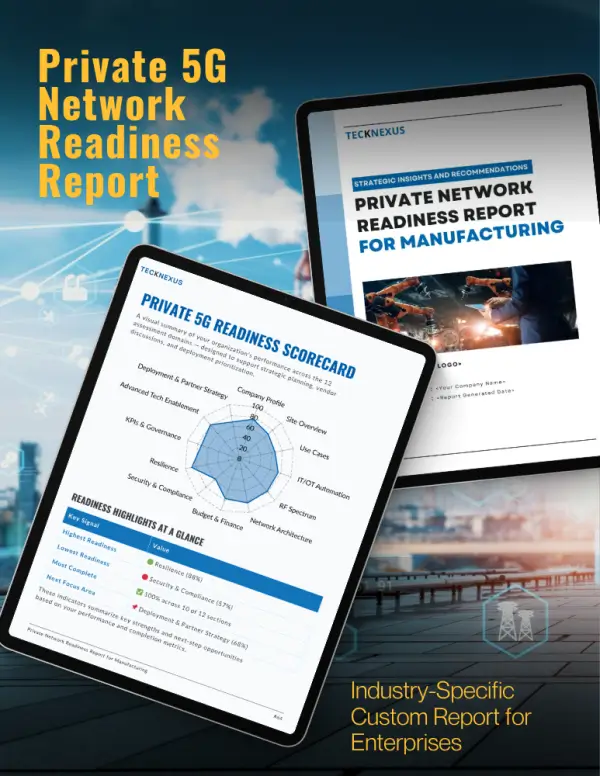Anticipating and Addressing 5G Challenges
Hema: Welcome to our 5G monetization session. The first query for today revolves around an evident issue: despite the hype, 5G revenues are not meeting expectations. Geoff, could you shed some light on what might have been overlooked in the initial stages of 5G deployment?
Geoff: Absolutely, Hema. The primary misstep by the industry pertains to the approach towards 5G, which has been predominantly technology-centric. The necessity is to pivot our strategy, focusing not just on 5G but orienting our entire business towards understanding and addressing customer needs, habits, and connectivity preferences. The reality is multifaceted: customers connect through various networks, sometimes 5G, sometimes not, and we might not always manage those networks. Thus, the imperative is to ground ourselves in what we can control and enhance the customer experience wherever they connect to our network. Considering our vast customer base and the perpetually increasing demand for what we deliver, this anchoring strategy becomes pivotal.
Aligning with Consumer and Enterprise Mindsets
Hema: Moving to the consumer perspective, what reality should operators acknowledge regarding consumer and enterprise mindsets towards 5G?
Geoff: When it comes to consumers, it’s imperative to recognize that while they are receiving commendable experiences from 4G, they crave enhanced experiences without a price hike. 5G, with its potential to deliver augmented, high-response experiences, must be positioned in a way that consumers perceive value without financial burden. The strategy here involves enhancing efficiency and user experience while minimizing churn, without expecting direct financial gains from the consumer side. For enterprises, the challenge is to view network solutions through their lens, understanding that they seek business outcomes, not just a 5G network. Often, their solutions involve integrating various networks, making us a network-level ingredient in their solution. If we aspire to climb higher in the value chain, our offerings must transcend network solutions, extending into realms beyond.
Identifying and Leveraging New Opportunities
Hema: Geoff, in light of operators turning their attention towards new opportunities, where should their focus be directed?
Geoff: Currently, our industry is traversing the most exciting period in the last 15 years, with parallels to the inflection point around 2005 to 2007 during the advent of Web 2.0. The latter enabled the software community to create intuitive, interactive, two-way applications, sparking an explosion of growth. Despite the success and necessity of enhancing efficiency and interaction in existing experiences, the pivot must be towards the ongoing AI revolution and democratization of AI engines, enhancing our lives as consumers and enterprises. The focus must be on enabling AI and real-time, action-oriented experiences, which the current infrastructure does not support, filling this gap and participating in the burgeoning developer and application community.
The Future Role of Telecom Operators in the AI-Driven World
Hema: So, considering the new opportunities in high-performance computing and an AI-driven world, what roles are emerging for operators who are in tune with these new opportunities?
Geoff: Let’s examine the roles at three distinct business levels. The existing connectivity business involves building a robust, extensive 5G network and bringing to market products that are connectivity-centric, such as Fixed Wireless Access (FWA) and private 5G. The next business level necessitates our transformation into genuine Cloud native and Edge Cloud providers, offering high-performance compute platforms for both our workloads and third-party workloads at the edge. This caters to the requirements of data transfer volume and low latency, essential for experiences and responses in extended reality or autonomous vehicles. Lastly, there’s the opportunity to provide operational AI models and a full stack. The ongoing explosion of the capacity to empower universal sensors, particularly video cameras, transforming every industry, presents an opportunity for us as an industry to enable wide-area use cases.
Crafting Future-Proof 5G Monetization Strategies
Hema: Geoff, as we navigate through these perspectives, how should operators craft their monetization strategies moving forward?
Geoff: Telecom operators must unequivocally define and embrace the realities of their customer base. Moving beyond the concept of 5G as a universal solution, we must acknowledge that while 5G is valuable as a connectivity business, the true potential lies in managing high-volume, low-latency data and enabling AI models. Embracing and monetizing connectivity in this new context involves migrating into these larger, burgeoning value chains.
Hema: Geoff, your insights have been invaluable in shedding light on 5G monetization. Your time and expertise are highly appreciated.
Geoff: It’s been a pleasure, Hema. Thank you for facilitating this enlightening discussion. I look forward to our future dialogues on these pivotal industry topics.
Related Content:























